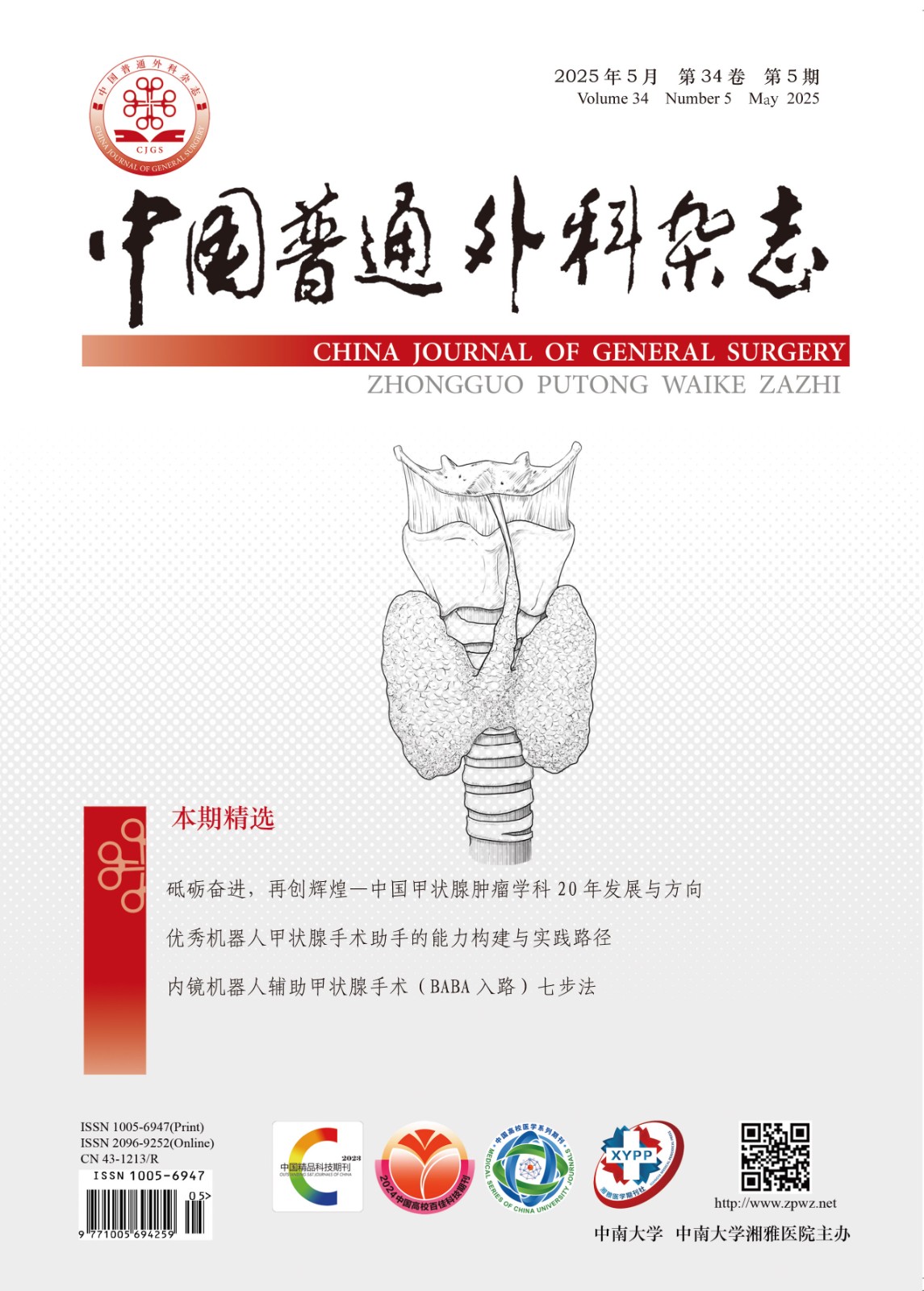Abstract:
Objective: To investigate the effects and features of three methods, namely, carbon tetrachloride (CCl4), thioacetamide (TAA) and porcine serum induction, to create hepatic fibrosis in rats. Methods: Seventy-two SD rats were equally randomized into CCl4 group, TAA group, porcine serum group and control group, and then the rats were subcutaneously injected with 40% CCl4 (0.5 mL/100 g), 0.03% TAA (200 mg/kg), porcine serum (0.5 mL/per rat) and normal saline (0.1 mL/kg) twice a week, respectively. The general status and body weight changes of the rats were observed. At the end of the 3rd, 6th and 9th week of the experiment, the serum levels of alanine aminotransferase (ALT), aspartate aminotransferase (AST), hyaluronic acid (HA) and malondialdehyde (MDA) of the rats were detected, and HE staining was performed on the rat liver tissues to observe the morphological changes of the liver tissues, and to stage and score the degree of liver fibrosis, respectively. Results: The body weight gain of rats in CCl4 group and TAA group was significantly lower than that in control group (both P<0.05), but it had no significant difference between the porcine serum group and control group. The ALT levels at the three time points of TAA group were all significantly increased (all P<0.05), while there was no obvious elevation in CCl4 group and porcine serum group. The AST level increased significantly at the 3rd week but declined to some extent at the 6th and 9th week, and it increased significantly in TAA group at each time point (all P<0.05) and had no obvious change in porcine serum group. The MDA and HA levels of the three experimental groups all increased to some extent at the three time points (all P<0.05), and both MDA and HA levels increased most obviously in TAA group. At the 9th week, all the three experimental groups exhibited varying degrees of granular degeneration of the hepatic cells and abnormal proliferation of fibrous tissue in the portal tracts. The stages and SSS scores of liver fibrosis of the three experimental groups were all significantly different from those of the control group (all P<0.05). At the 9th week, the SSS score of the TAA group was higher than that of the CCl4 group (P<0.05), while CCl4 group was higher than porcine serum group (P<0.05). Conclusion: All the three methods can induce hepatic fibrosis in rats, and the effect of TAA is slightly better than CCl4. The method of porcine serum induction exerts minor overall injury to the animals.

